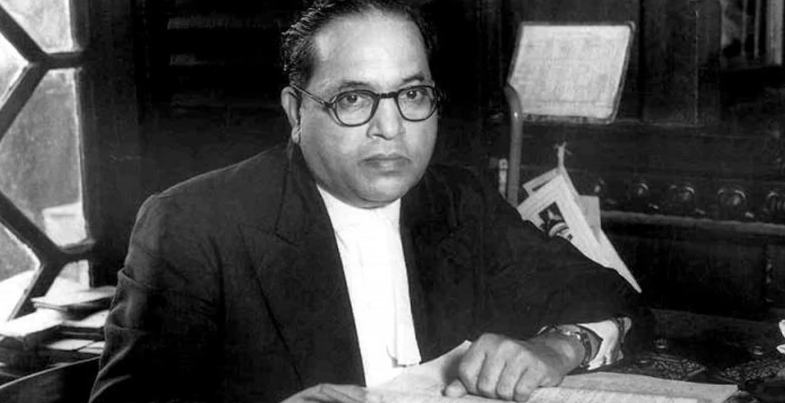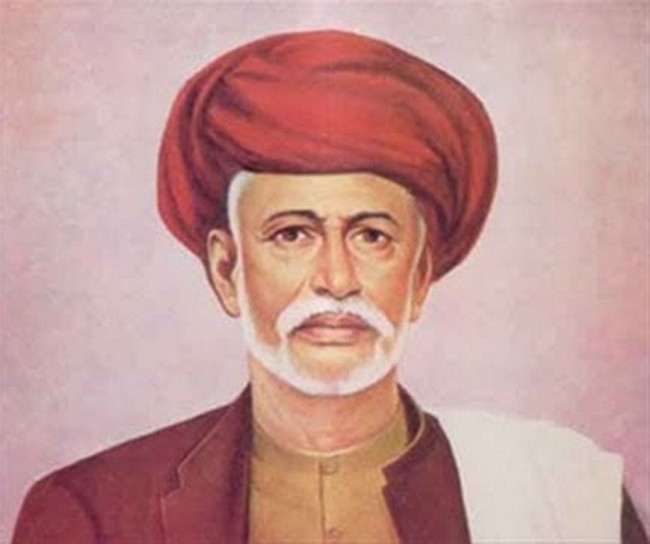
The Pamban Rail Bridge maintained its position as the connection from mainland India to Rameswaram Island from 1914 until the completion of India's first vertical lift railway sea bridge in April 2025 following modernization. The new Pamban Bridge establishes itself as an historic accomplishment by combining greater safety alongside rapid transport links and superior sea navigation capabilities which stand as achievements in both infrastructure development and coastal engineering in India.
-
The Pamban Bridge started operations during the British period in 1914 as the first sea bridge of India and functioned alone until 2010.
-
Its valuable position for strategic goals as well as economic and pilgrimage operations made this key transportation route essential.
-
Prime Minister Narendra Modi officially inaugurated the modern vertical-lift Pamban Bridge after a modernization due to corrosion and the aging condition of the structure in 2025.
About the Old Pamban Bridge
-
Rameswaram Island on the bridge connects with Mandapam which exists as a mainland portion of Tamil Nadu.
-
Built in: 1914 (completed in 2.5 years).
-
The Pamban Bridge was constructed by British India under the leadership of Madras Railway.
-
The Pamban Island connects with Mandapam through the towns of Rameswaram.
-
Unique Features:
-
India’s first and only sea bridge until Bandra-Worli Sea Link (2010).
-
The bridge contains Bascule (Scherzer lift) mechanism which consists of manual lever-operated double leaf sections for ship passage.
-
By moving a counterweight the two sections of a double-leaf bascule bridge can be lifted for ship navigation.
-
Length: 2.065 km with 143 piers and 12.5 m height above sea level.
-
Lifespan: Operated for 108 years before closure due to corrosion in 2022.
About the New Pamban Bridge
-
Construction Period: 2019 to March 2025.
-
The construction work was carried out by Rail Vikas Nigam Limited (RVNL) during a period of 7 years and cost a total of ₹531 crore.
-
Length: 2.08 km; 3 meters higher than old bridge.
-
Material: Corrosion-resistant steel with Polysiloxane Paint.
-
Design Life: 58 years.
-
Key Features:
-
India’s first vertical lift railway bridge with a 72.5m movable span.
-
The ship passage clearance has been improved through the 17m automated rise of the lift span (originally at 19m and now at 22m).
-
The facility enables double-electrified rail operations which supports both freight and Vande Bharat trains.
-
Solar-ready, energy-efficient infrastructure.
-
This structure benefits from 333 piles combined with 101 pile caps allowing it to bear heavy loads.
The 1964 Cyclone
-
A catastrophic cyclone along with a destructive tidal wave attacked Pamban Island on December 23, 1964 at night.
-
The 653 Pamban-Dhanushkodi Passenger train consisting of six coaches operated between Rameswaram and Dhanushkodi when it passed through the bridge at 11 PM.
-
The enormous waves destroyed the train as every person who boarded it perished.
-
The government declared Dhanushkodi town uninhabitable after the town received complete destruction from the cyclone.
-
Natural disaster vulnerabilities became clear in the region as the incident showcased the need for infrastructure that would resist disasters.
Strategic & Cultural Importance
-
Dhanushkodi functioned as the exclusive maritime link that connected mainland India with Rameswaram pilgrimage destination.
-
The humanitarian corridor function of Rameswaram served as an important connection during the Sri Lankan Civil War.
-
Dhanushkodi port became inaccessible after the 1964 tsunami damaged its facilities which led to an end of pre-tsunami Indo-Ceylon trade operations.
Engineering Marvel
-
Withstood natural disasters: Survived 1964 tsunami.
-
Indian engineering capabilities establish their ability to build first-class coastal and transport infrastructure.
-
Offers scenic connectivity across the Palk Strait.
Conclusion
Logged into a sustainable structure the Pamban Rail Bridge combines modern technological elements with historic significance. This modern bridge completes two crucial functions: it sustains a legacy marvel of the past and leverages improved regional interconnectivity and maritime advantages and economic growth.



 Telangana Becomes First State to Enforce SC Sub-Categorisation with 2025 Act
Telangana Becomes First State to Enforce SC Sub-Categorisation with 2025 Act Operation Chakra V: Tackling Digital Arrest Cyber Frauds in India
Operation Chakra V: Tackling Digital Arrest Cyber Frauds in India Dr. B.R. Ambedkar’s 135th Jayanti: Legacy of India's Constitution Maker
Dr. B.R. Ambedkar’s 135th Jayanti: Legacy of India's Constitution Maker Naxalmukt Bharat Abhiyan: From Red Zones to Growth Corridors
Naxalmukt Bharat Abhiyan: From Red Zones to Growth Corridors First Panchayat Advancement Index (PAI) Report Released – Gujarat & Telangana Lead
First Panchayat Advancement Index (PAI) Report Released – Gujarat & Telangana Lead Niveshak Didi Initiative Phase 2 Launched to Promote Financial Literacy Among Rural Women
Niveshak Didi Initiative Phase 2 Launched to Promote Financial Literacy Among Rural Women Jyotiba Phule: The Radical Reformer India Still Needs to Learn From
Jyotiba Phule: The Radical Reformer India Still Needs to Learn From World Homoeopathy Day 2025: Celebrating Dr. Samuel Hahnemann's Legacy
World Homoeopathy Day 2025: Celebrating Dr. Samuel Hahnemann's Legacy Tahawwur Rana Extradited to India: What Comes Next in the 26/11 Case?
Tahawwur Rana Extradited to India: What Comes Next in the 26/11 Case? PM Modi Inaugurates Navkar Mahamantra Divas to Promote Jain Ethics Globally
PM Modi Inaugurates Navkar Mahamantra Divas to Promote Jain Ethics Globally






